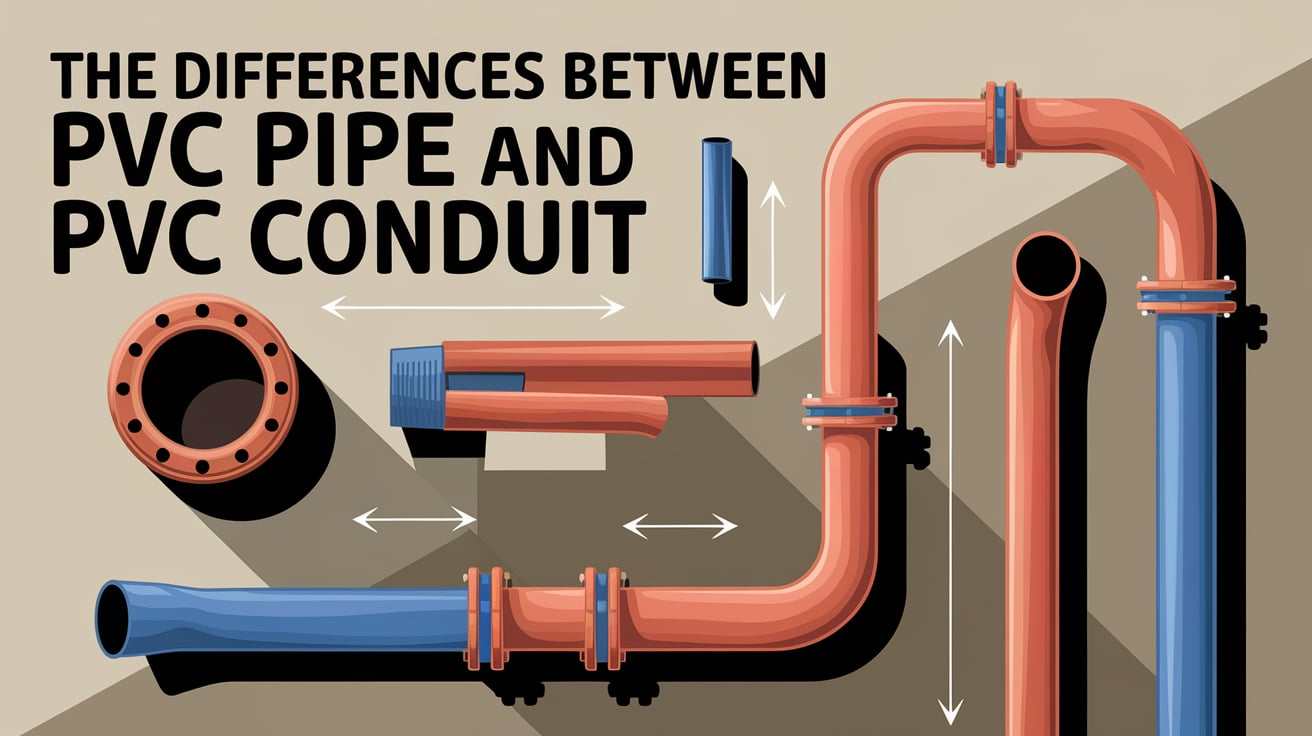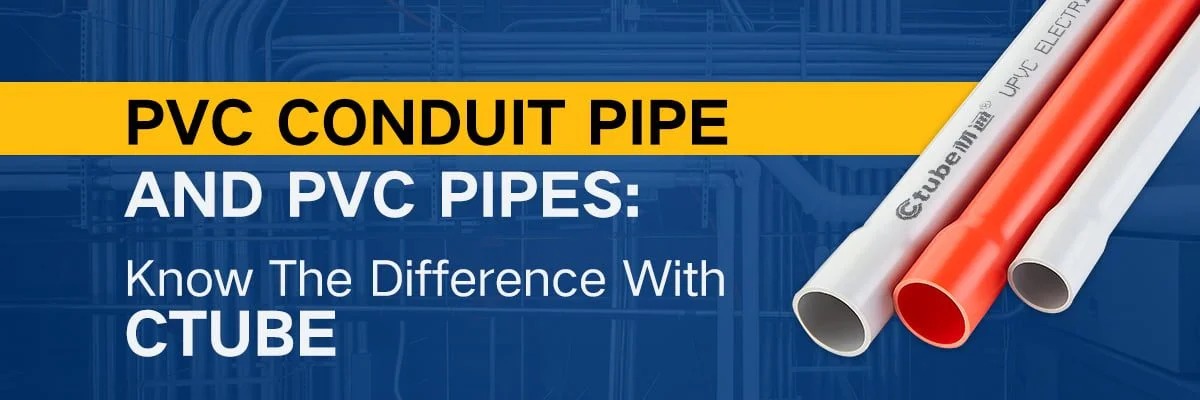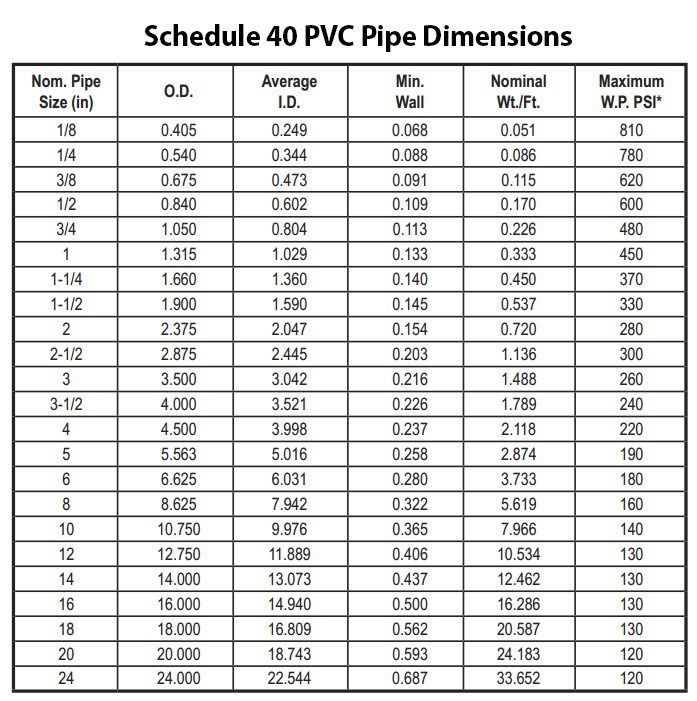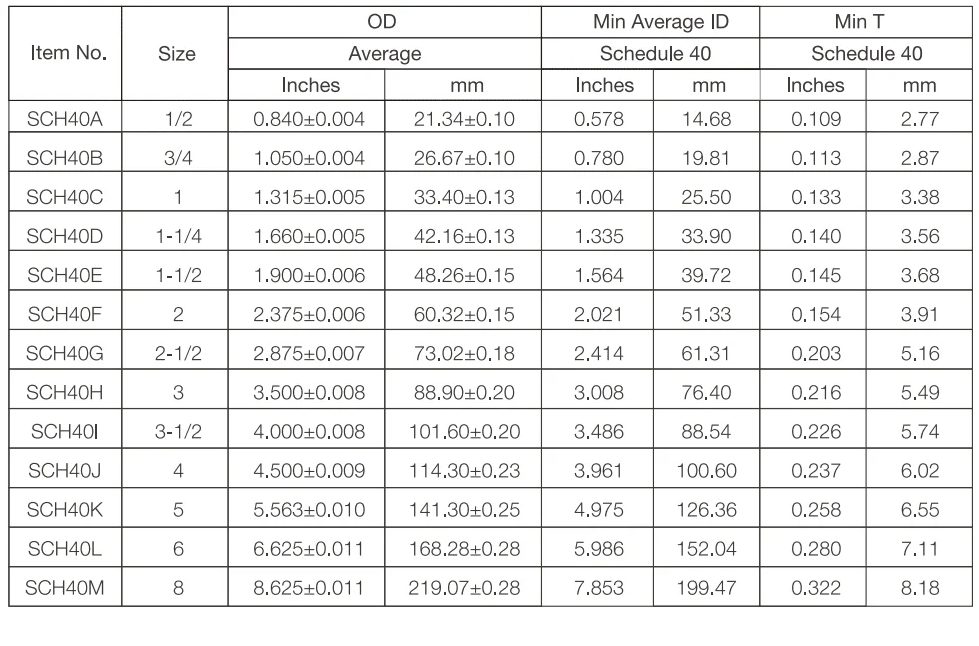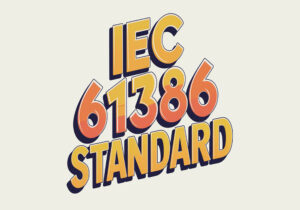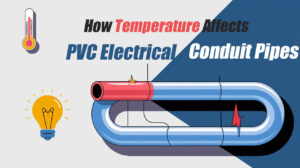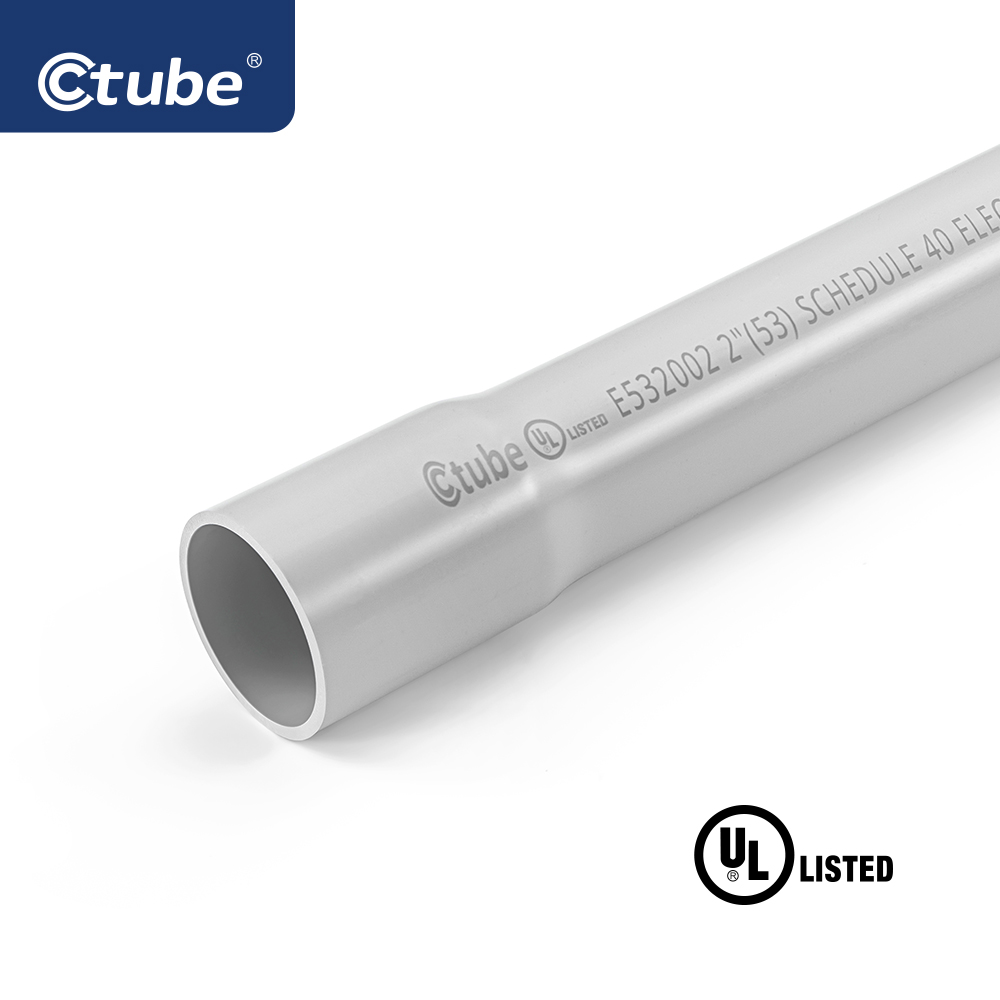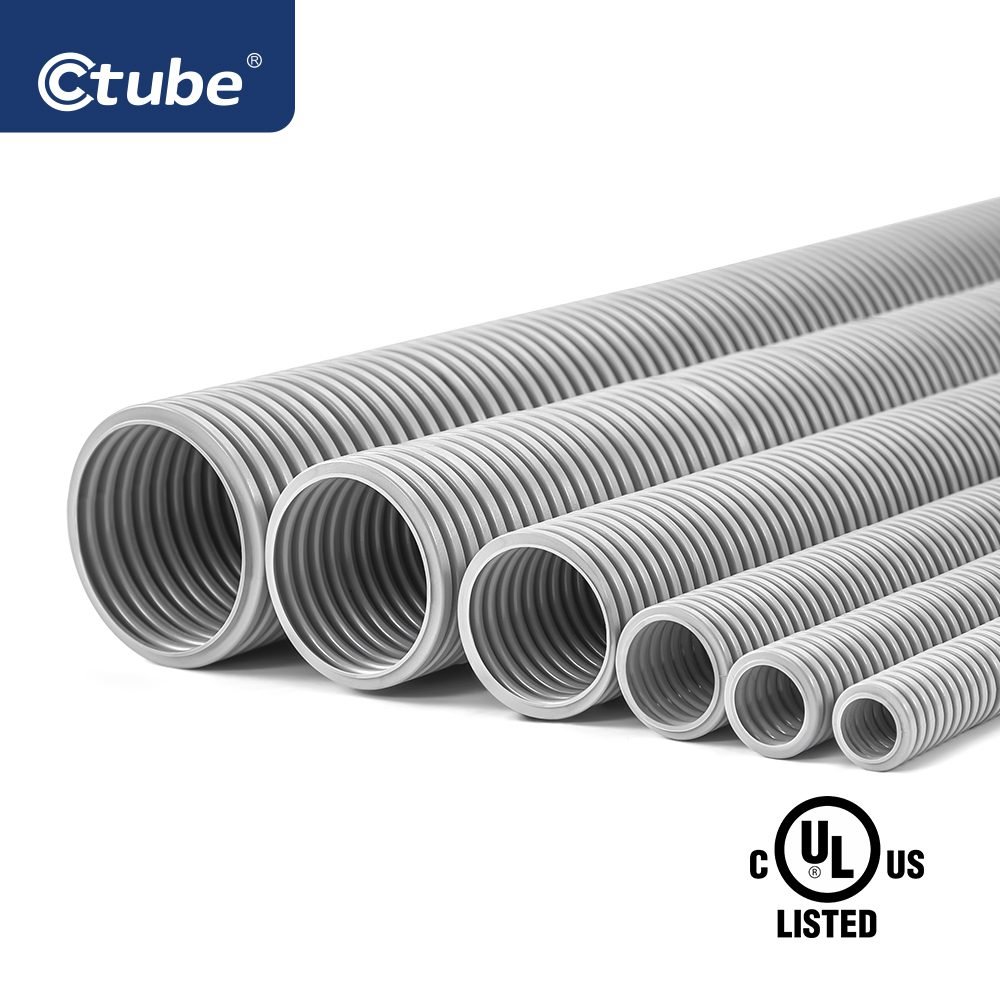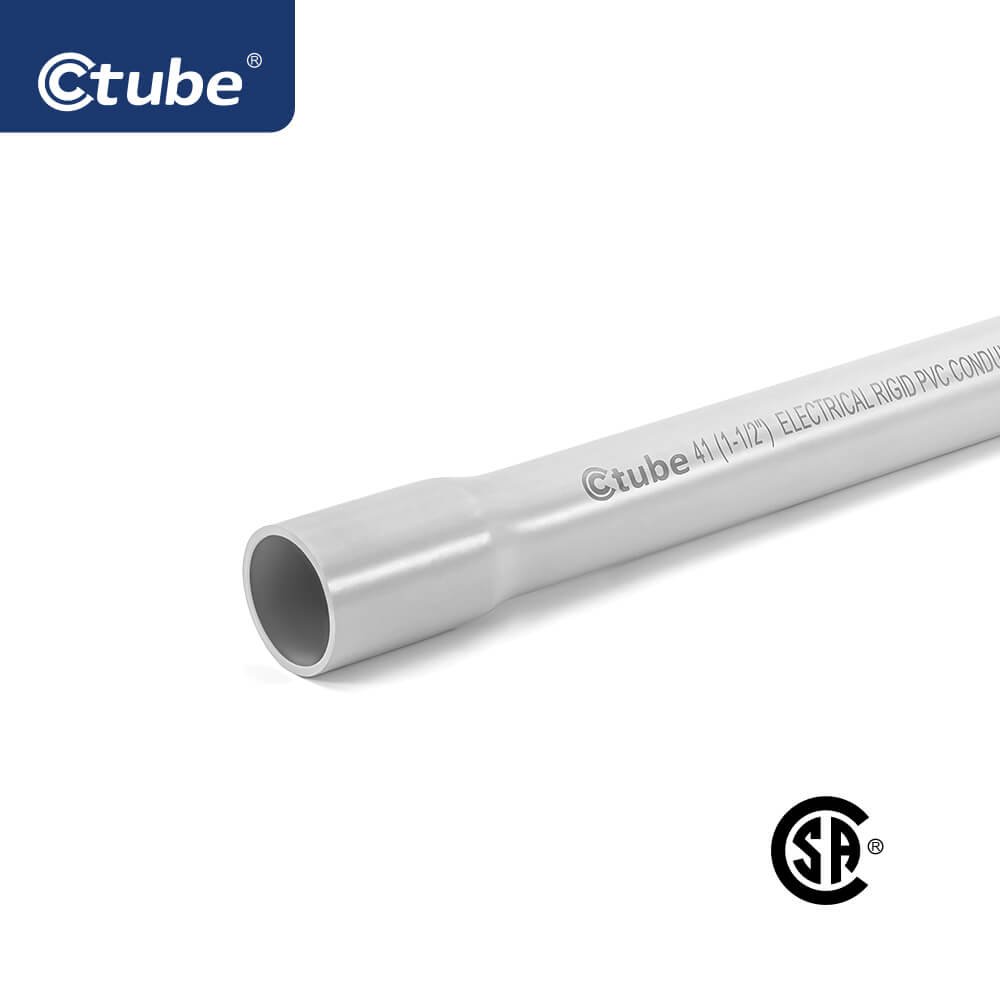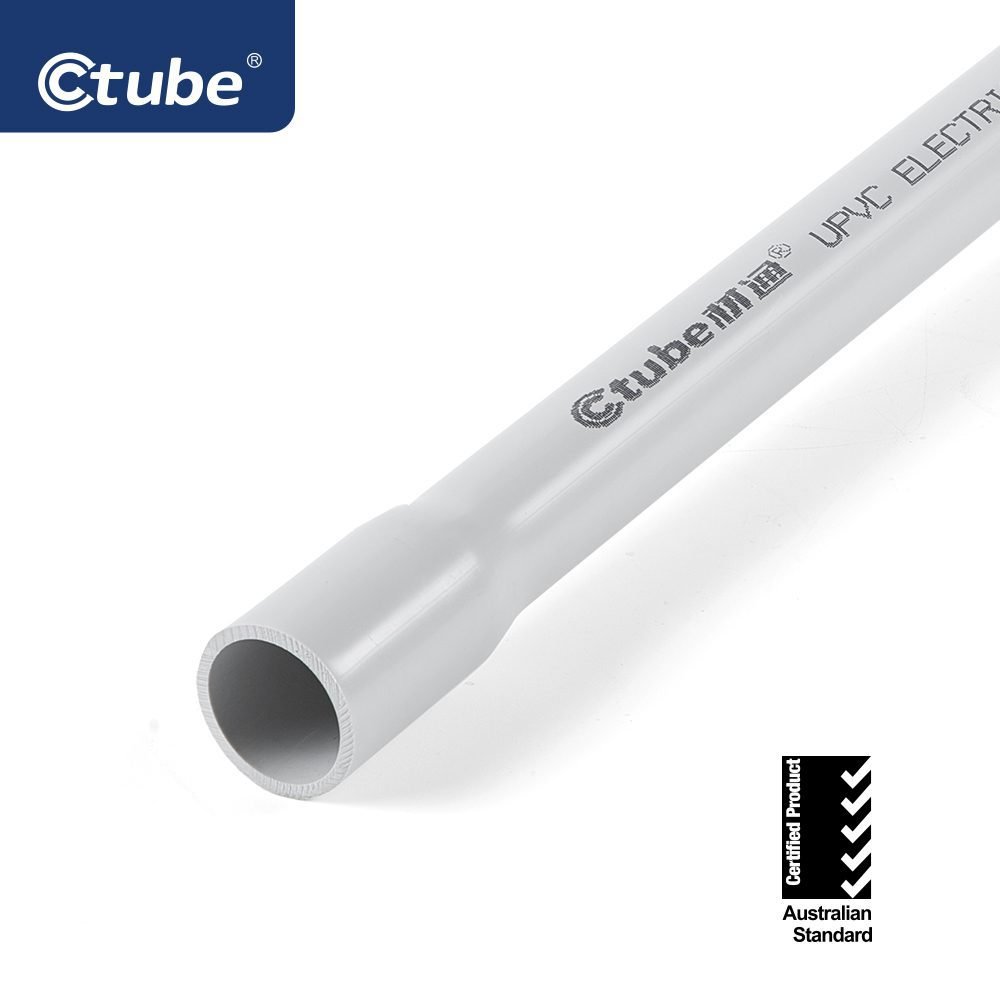Como fabricantes de conductos de PVC, somos muy conscientes de que los conductos y las tuberías de PVC pueden confundirse a menudo debido a su aspecto y material similares. Sin embargo, es fundamental comprender las diferencias entre estos dos productos para garantizar su uso adecuado y su eficacia. En esta entrada del blog, vamos a ofrecer un análisis exhaustivo de las diferencias entre los conductos de PVC y las tuberías de PVC.
Tabla de contenido
PalancaConstrucción y diseño
Los conductos de PVC están diseñados específicamente para el cableado eléctrico y son más finos y flexibles que las tuberías de PVC. Están disponibles en distintos colores, como blanco, gris y negro, y sirven para proteger y dirigir los cables eléctricos en aplicaciones subterráneas y aéreas. Por el contrario, las tuberías de PVC están diseñadas para la fontanería y el suministro de agua. Suelen ser más gruesos y rígidos que los conductos de PVC y están disponibles en distintos tamaños y colores.
Aplicaciones
Los conductos de PVC se utilizan principalmente para proteger y dirigir cables eléctricos tanto en aplicaciones interiores como exteriores. Las tuberías de PVC, por su parte, están pensadas para transportar fluidos, como agua y aguas residuales, y están construidas para soportar altas presiones y temperaturas.
Propiedades de los materiales
Los conductos de PVC están diseñados para ser resistentes a la intemperie e ignífugos, lo que garantiza que los cables eléctricos que contengan estén protegidos de los elementos. En cambio, las tuberías de PVC están diseñadas para soportar cambios de presión y temperatura, lo que las hace ideales para transportar fluidos. Además, las tuberías de PVC son resistentes a la corrosión, lo que las convierte en una opción duradera para aplicaciones de fontanería.
Instalación
Los conductos de PVC suelen instalarse con herramientas especializadas, como dobladoras y cortadoras de conductos. El proceso de instalación consiste en pasar los cables eléctricos por el conducto y fijarlos en su sitio con elementos de sujeción. Las tuberías de PVC, por su parte, suelen instalarse con cola de PVC o un adhesivo similar para crear un sellado hermético entre las juntas. Las tuberías de PVC también se instalan con herramientas especializadas, como cortatubos y llaves.
Tamaño del tubo de PVC VS. Tamaño del conducto de PVC
Schedule 40 es el tipo de tubería de PVC más utilizado. Aquí hay una tabla para ilustrar los tamaños comunes:
Schedule 40 PVC Conduit es también el tipo más comúnmente utilizado de conductos de PVC. Aquí hay una tabla para ilustrar los tamaños comunes:
Normas y códigos
Tanto los conductos como las tuberías de PVC están regulados por diferentes normas y códigos en función de su finalidad. El cumplimiento de estas normas y códigos es crucial para garantizar el uso seguro y eficaz de estos productos. Por ejemplo, los conductos de PVC suelen estar clasificados para la exposición a la luz solar y a la intemperie, mientras que las tuberías de PVC están clasificadas para la presión y la temperatura.
Distancia entre la tubería de agua y el conducto eléctrico
Por lo general, el agua, el gas, el alcantarillado y todos los sistemas eléctricos deben separarse y mantenerse a una distancia específica unos de otros. Durante la instalación, debe respetarse un espacio horizontal mínimo de 12 pulgadas entre los sistemas de conductos eléctricos y las tuberías paralelas de agua, alcantarillado o gas.
¿Puedo utilizar tubos de PVC para conductos eléctricos?
Normalmente, las tuberías de PVC estándar no son aptas para su uso como conductos eléctricos. A pesar de sus similitudes visuales, existen diferencias significativas que las hacen incompatibles entre sí:
- Resistencia al fuego: El PVC para conductos eléctricos incorpora cualidades ignífugas ausentes en las tuberías de PVC convencionales. Esta característica es vital para la seguridad eléctrica, ya que evita la propagación del fuego en situaciones de sobrecalentamiento o chispas eléctricas.
- Integridad estructural: Los conductos eléctricos de PVC suelen ser más robustos y menos frágiles que los tubos de PVC normales. Esta mayor durabilidad garantiza que los cables alojados en su interior permanezcan protegidos frente a posibles daños causados por fuerzas externas.
-
Cumplimiento de las normas de seguridad: Los códigos de construcción exigen el uso de materiales especiales para conductos eléctricos. Los tubos de PVC estándar no cumplen estas estrictas normas de seguridad, por lo que no son aptos para instalaciones eléctricas.
En conclusión, aunque los conductos de PVC y las tuberías de PVC puedan parecer similares, están diseñados para aplicaciones diferentes y tienen propiedades distintas. Es esencial comprender estas diferencias para asegurarse de que se utiliza el producto correcto en cada situación.

